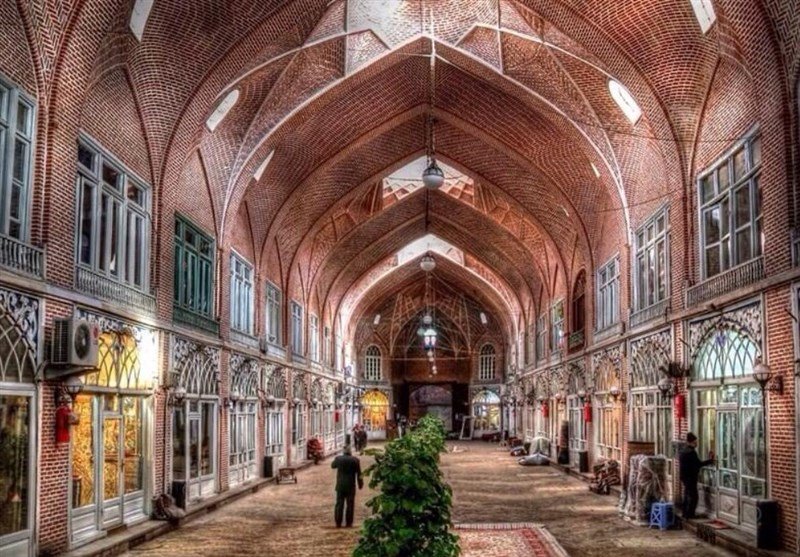Tabriz
Tabriz is the fourth most populated city in Iran after Tehran, Mashhad & Isfahan with a population more than 1,500,000. The city is the largest for Iranian Turk people. Discovered bodies excavates around Blue mosqe of Tabriz show that the city dates back 3000 years. Most of Tabrizi people speak "Azerbaijani Turkic" language but armenian minority speaks Armenian language.
Tabriz was Iran's capital during the dynesties of Kara Koyunlu, Ak Koyunlu & Safavi (in while it was the first capital of Shia Islam in the world) & was Iran's crown predominantly during Qajarid dynesty.
If you come to Tabriz you must see "The Largest Covered Bazaar In The World", the spectacular grand bazaar of Tabriz. It has formed by many smaller bazaars and each bazaar contains several halls called "Timcheh". Mozaffariyeh is the most beautiful Timcheh and dedicated to carpet trading. But the bazaar isn't only for trade, thare are also many mosques and religious schools in it.
Tabriz has also several museums like: Azerbaijan museum, Qajar museum, Sanjesh museum (for old measuring devices), Municipal museum, Iron Age museum, Carpet museum, Ostad Shahriar museum (the house of famous Iranian poet, Shahriar).
Tabriz has one of the biggest outdoor pools in the world: El Goli with an area of 54,675 square metres. It located in the southeast of Tabriz in a foothill with a perfect weather and there is a big park on the hill beside the pool and an amusement park. There is a monumental building among the pool that nowdays is a restaurant.
In Iran, Tabriz is known as the city of "The Firsts" because many of inventions and innovations were used in Tabriz for the first time in Iran. The first printery, library, cinema, preschool, school, the deaf and dumb school, modern coin, bill, chamber of commerce, municipality, telephone, power plant, fire department, ... was made in Tabriz and Tabriz university is the second oldest university in Iran after Tehran University.
The Tabriz Historic Bazaar Complex was officially protected in 1975 and has been covered by special stewardship measures until 2010, when it was added to the World Heritage List. The complex covers 27 hectares with over 5.5 kilometres of covered bazaars. Three different protection areas have been established (a nominated area, a buffer zone and a landscape zone), subject to special regulations incorporated into the planning instruments. The management framework is based on the participation of the ‘bazaaris’, together with municipal authorities and ICHTO’s Tabriz Bazaar Base. Since 2000, numerous complexes within the bazaar have been rehabilitated with the participation of the owners and tenants. Infrastructure has been improved and public facilities have been built.The Tabriz Bazaar is a unique example of urban conservation and development project in which heritage plays a catalyst role in rejuvenating the tangible and intangible memory of the historic city of Tabriz.
El Goli

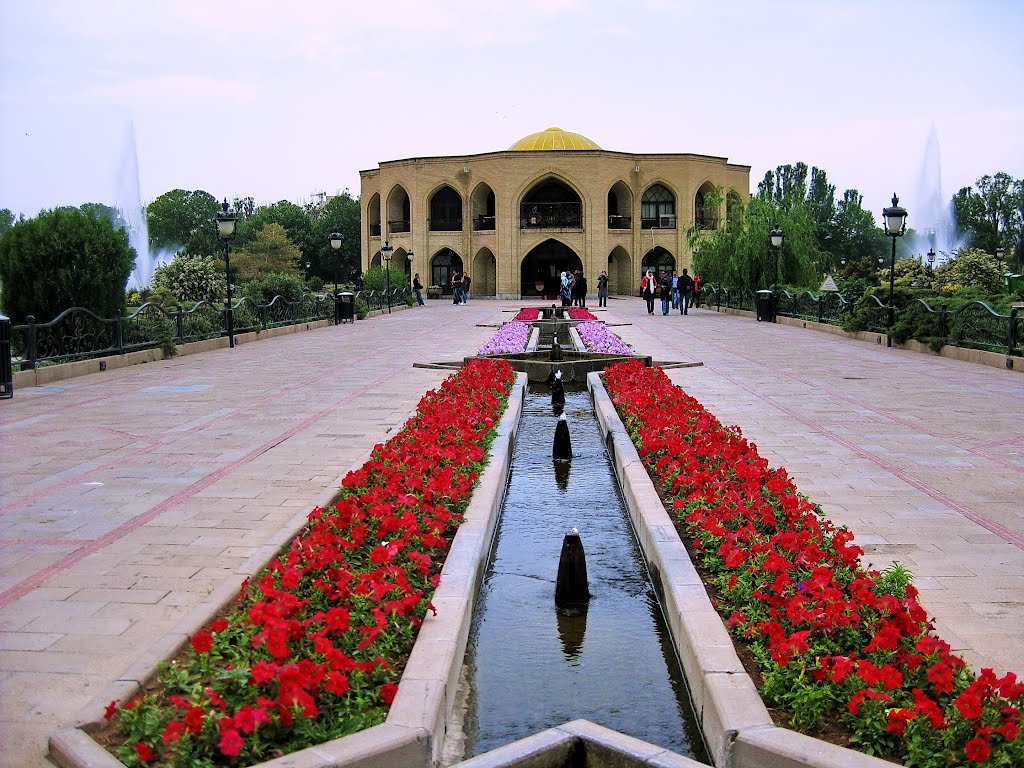
Municipality palace
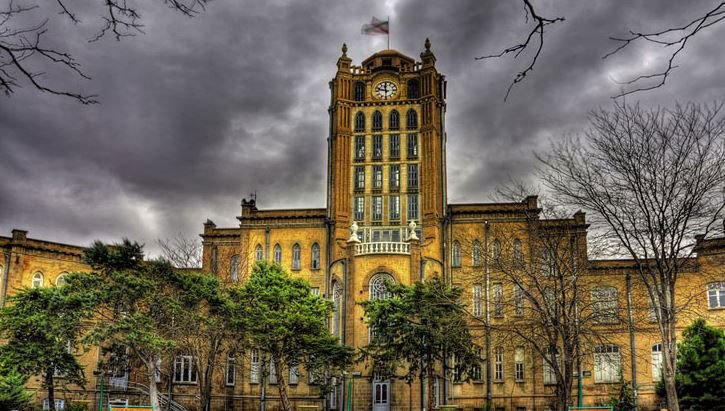
Tabriz Grand Bazaar

Qajar Museum (AmirNezam House)
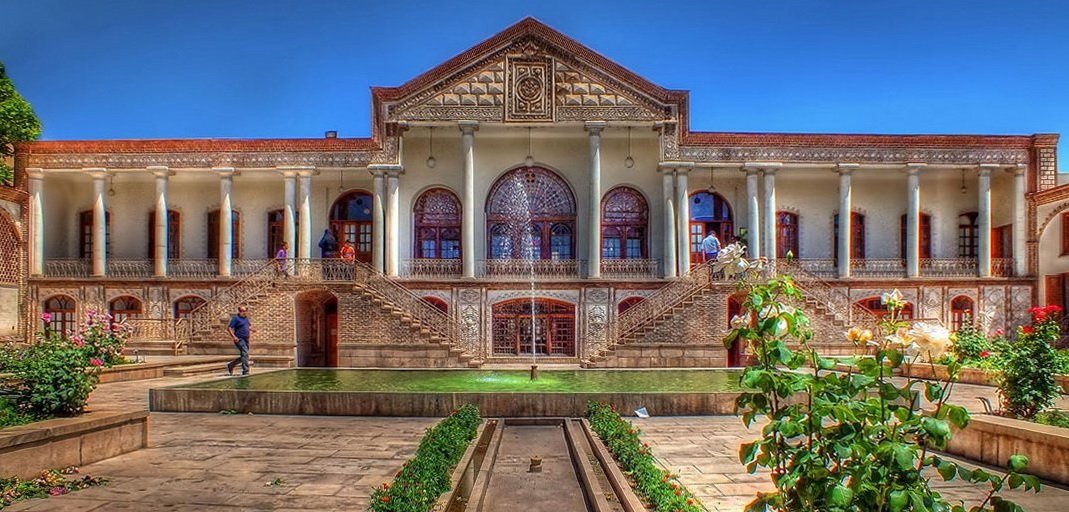
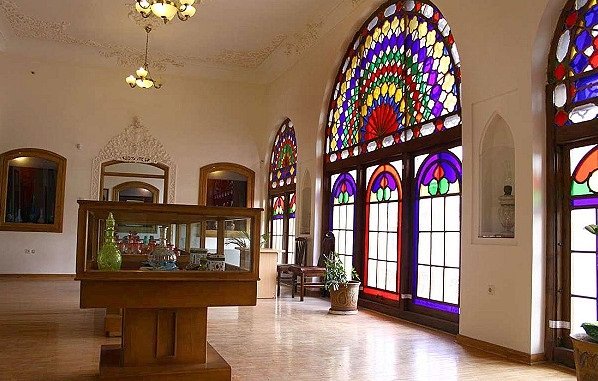
Blue Mosque
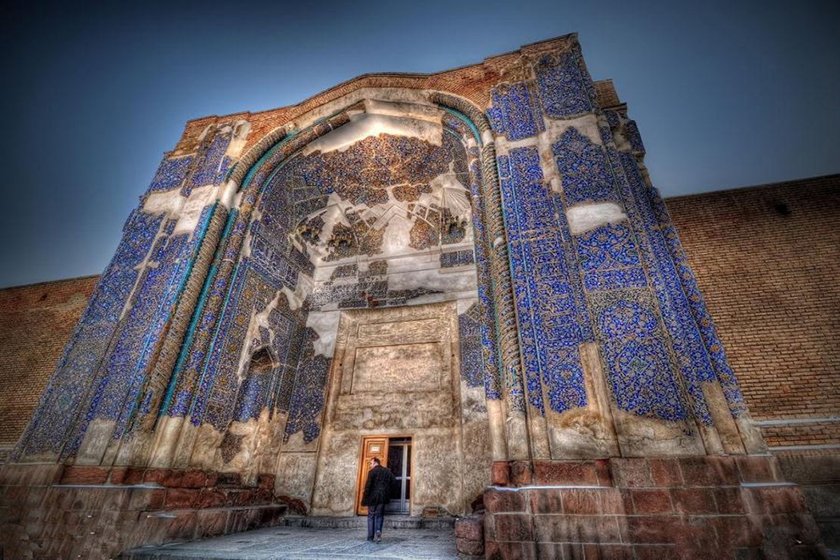
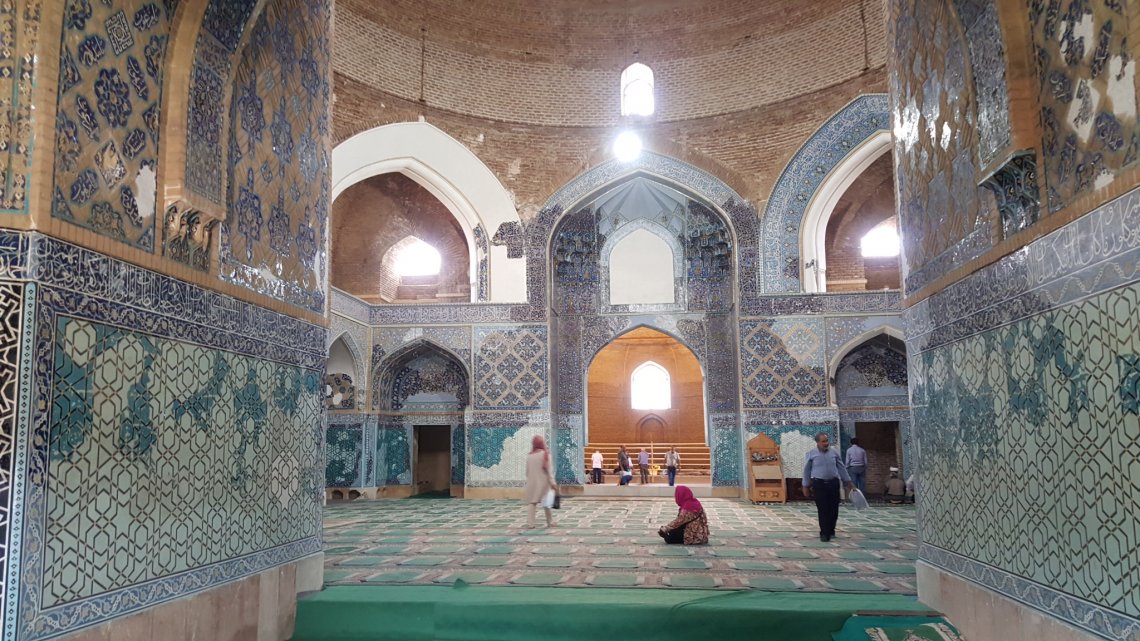
Tomb of Poets
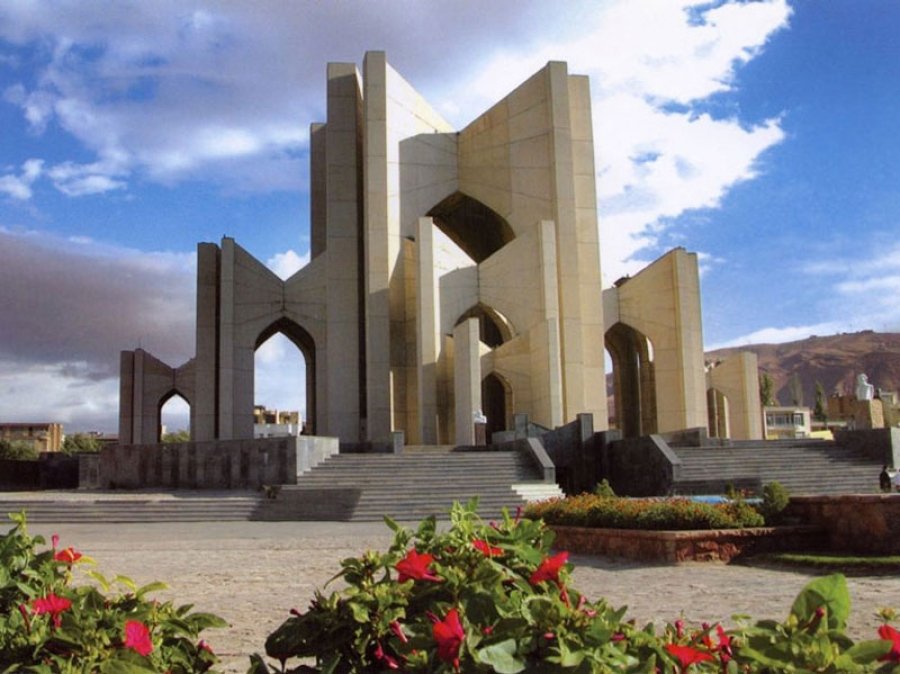
AliShah Citadel
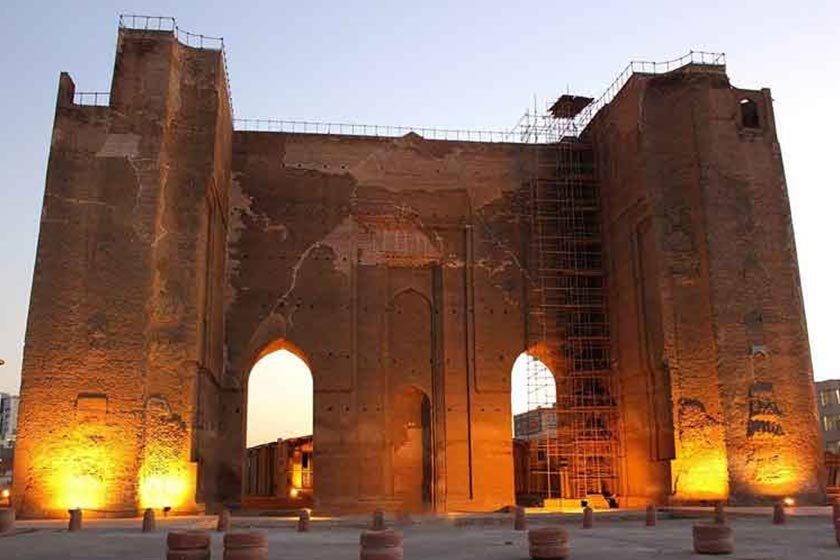
Kandovan
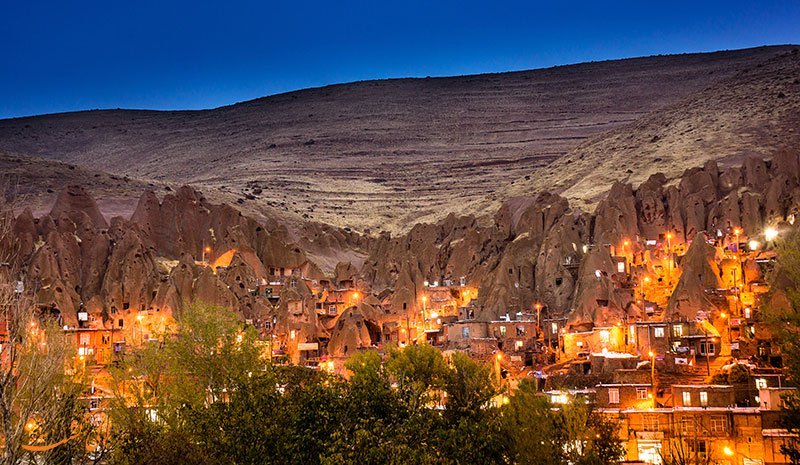
Babak Fort

Saint Stepanos Monastery
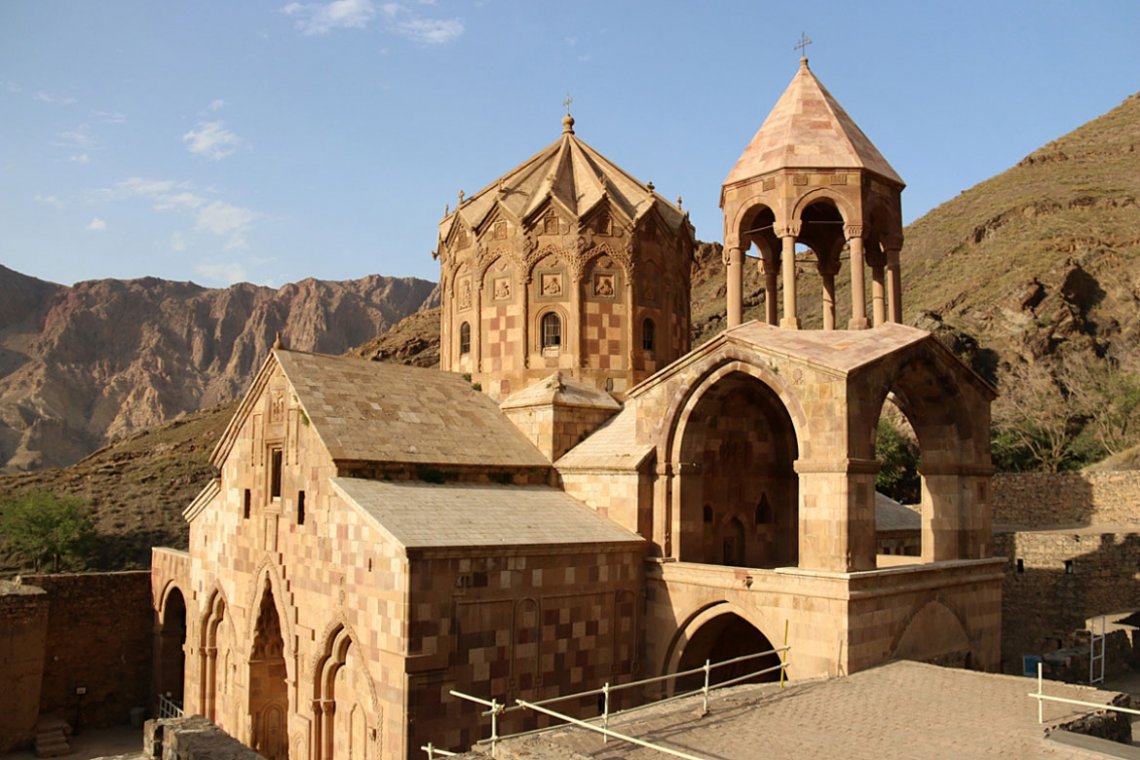
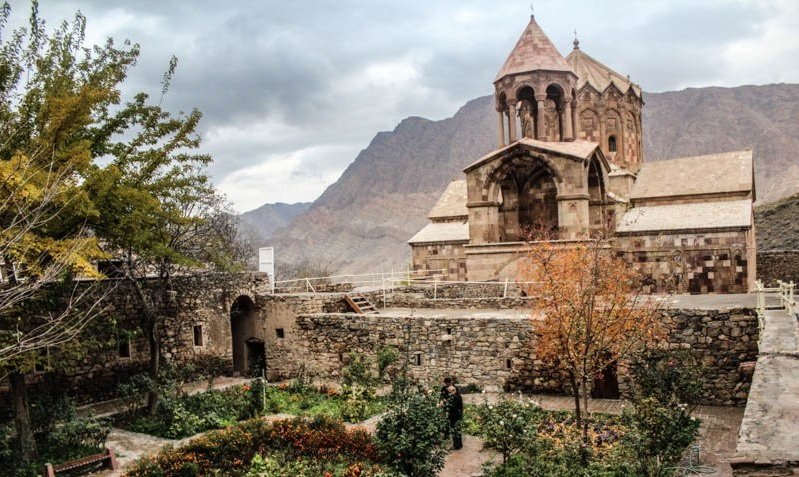
Tabriz Carpet
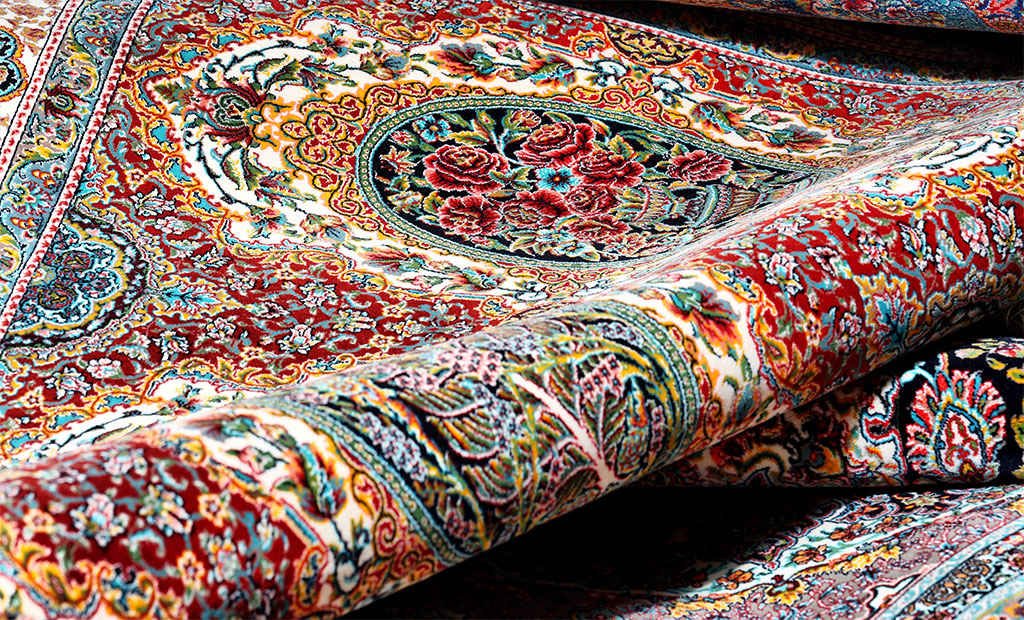
Nuts

Baklava

Ghorabiyeh

Nugha
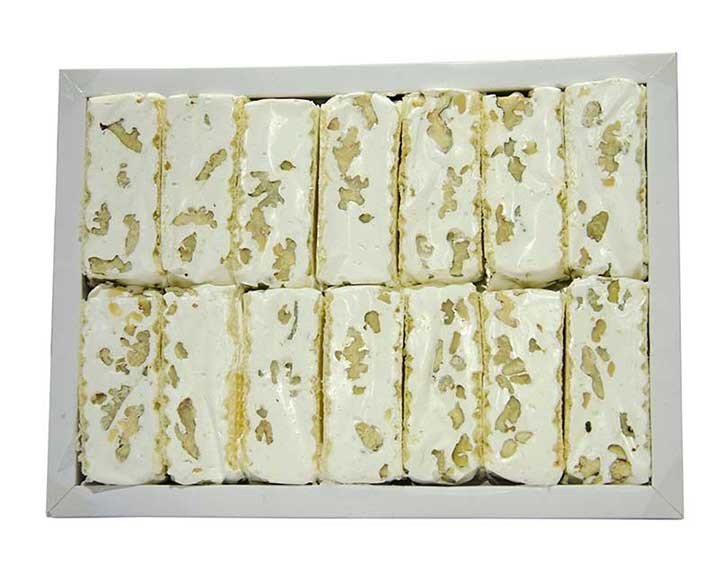
Leather






